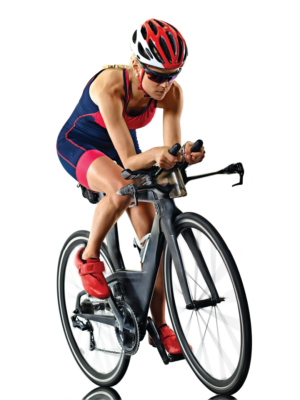3 Cyclist-Friendly Routes in Austin to Ride
Get more comfortable on your bike when you ride these cyclist-friendly routes in Austin
Avoid traffic and become more comfortable on your bike on these cyclist-friendly routes. These 3 Austin spots are located throughout town, making them accessible to many cyclists. They’re ideal for enjoying a scenic route and mastering your bike handling skills. New to cycling or just purchased your first bike? Nice! The more routes you ride, the more familiar you will become with your new bike. If switching gears is new to you, using them can be tricky on your first few rides. Your bike presents a new feel. Leaning into the curves, becoming comfortable with the handling, and eating and drinking on the bike are all things you should practice. Pro tip: always check that your helmet fits before every ride.
Veloway
This 3-mile looped, one-way roadway is an ideal cyclist-friendly route. The Veloway is located in southwest Austin off LaCrosse Avenue and is closed to traffic. Parking is ample. Most noteworthy, this route is strictly for cyclists and rollerbladers, no runners or walkers (watch out for the wildlife!). The roadway is bisected with a continuous white line (slower cyclists keep to the right). Everyone moves in the same clockwise manner. You can relax a little knowing you don’t have to keep an eye out for non-wheeled individuals or riders coming in your direction. There are gorgeous views, a few tight turns, and some nice straightaways. Make sure you get into the right gear for a nice climb around Mile 2! Porta-potties are available.
Southern Walnut Creek Trail
The Southern Walnut Creek Trail begins at Govalle Neighborhood Park off Bolm Road in east Austin. It features nearly 7.5 miles of 10-foot wide concrete paths and splendid views. Like the Veloway, there is plenty of parking. Be advised, runners and walkers are allowed on the trail and traffic flows both ways. Ensure the other lane is clear and yell out “on your left” if you plan to pass others. There are a few road crossings along the trail to be aware of as well. Add 11 miles and some nice climbs to your bike ride when you preview the Rookie Tri and Jack’s Generic Tri bike courses! The trail rides alongside Daffan Lane and eventually hits Decker Lane.
Brushy Creek Regional Trail
Representing north Austin, the Brushy Creek Regional Trail reaches Round Rock to the east and Cedar Park to the west. Check out Stone Canyon Pool if you park to the east. Park to the west at Twin Lakes Family YMCA. Be aware of runners and walkers on this 6.75-mile multi-use trail that connects neighborhoods and existing parks. Traffic flows in both directions and there are multiple restrooms along the trail. Make sure the other lane is clear and yell out “on your left” if you plan to pass others. BCRT images from cedarparktexas.gov.



 To keep the helmet in place, the next step is ensuring the chin straps are long enough to reach under your chin and can be tightened securely. This part is especially important because you do not want to be dealing with an ill-fitting helmet during your next tri.
To keep the helmet in place, the next step is ensuring the chin straps are long enough to reach under your chin and can be tightened securely. This part is especially important because you do not want to be dealing with an ill-fitting helmet during your next tri.  Additional Tips
Additional Tips

